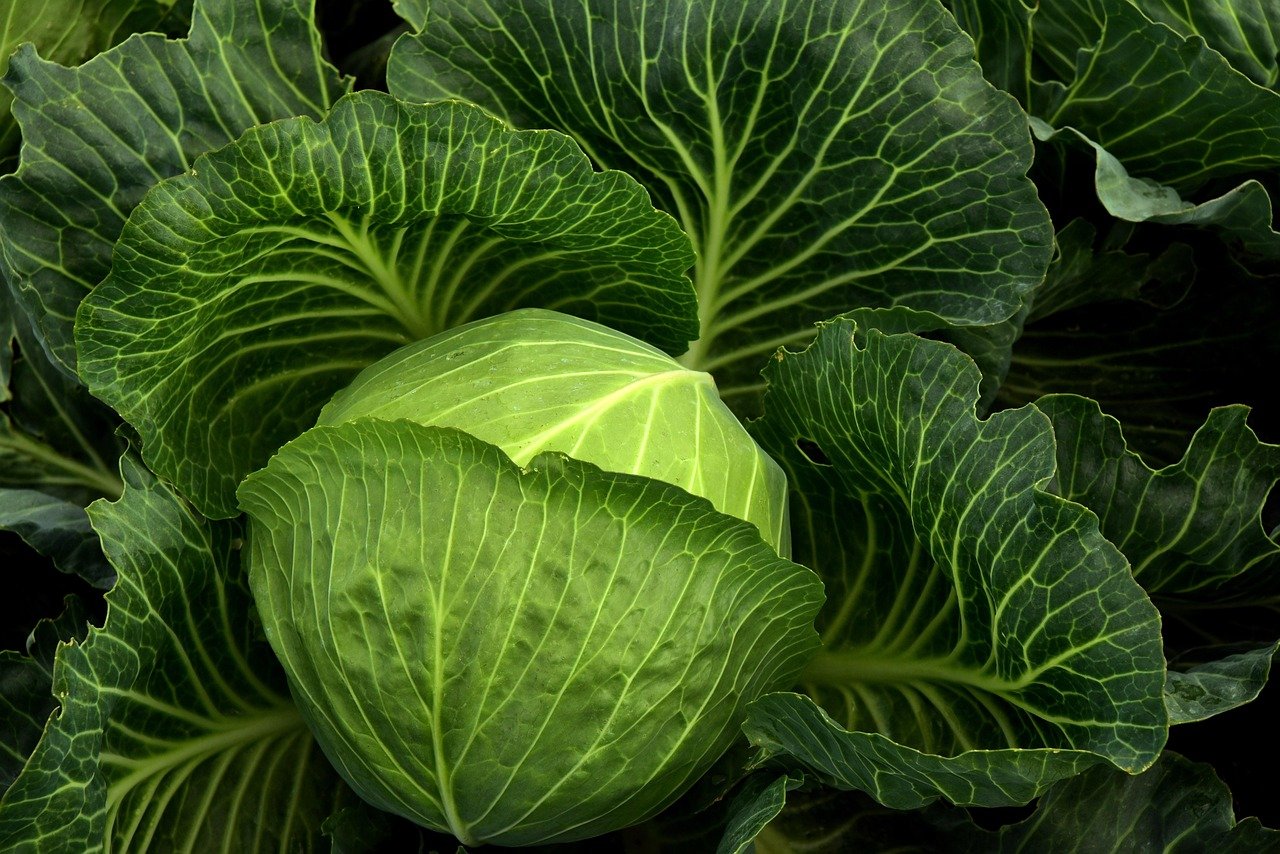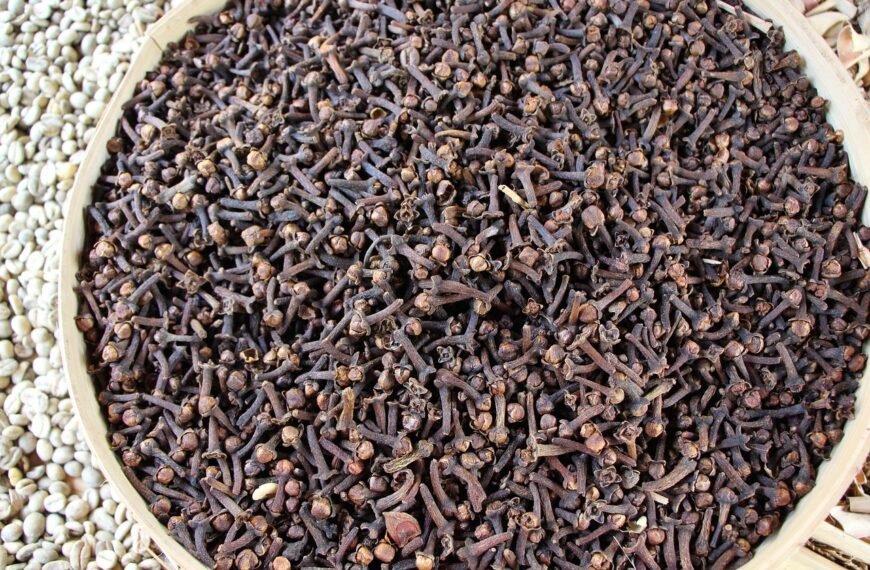Winter brings a fresh supply of leafy vegetables that are full of vitamins, minerals, antioxidants, and fiber. These greens support immunity, bone strength, digestion, and overall health during the cold season. They are rich in iron, calcium, and vitamins A, C, and K, making them a great addition to your daily meals. Below are seven powerful leafy greens you should include in your winter diet, along with their nutrition per 100 grams.
Top Winter Leafy Greens to Eat
1. Goosefoot Leaves
Goosefoot leaves are known for their rich nutrient profile. They support digestion, immunity, and general winter wellness. Every 100 grams contains around 36 kcal, 4.5g protein, 6.2g carbohydrates, and 3.8g fiber. They also provide 290 mg of calcium and 85mg of vitamin C, helping build stronger bones and offering antioxidant protection.

2. Fenugreek Leaves
Fenugreek leaves are a popular winter green used in many dishes. They offer 49 kcal, 4.4g protein, 6g carbohydrates, and 1g fat per 100 grams. They are high in calcium (395mg) and contain 50mg of vitamin C. Eating fenugreek leaves regularly helps reduce inflammation, support the immune system, improve bone strength, and provide warmth during colder days.
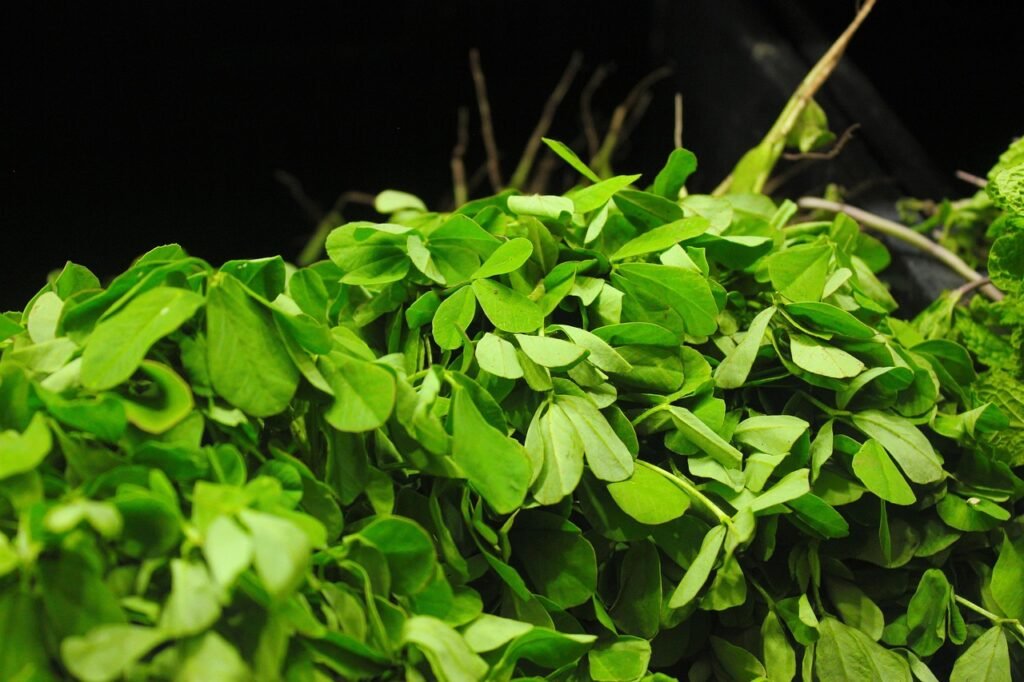
3. Spinach
Spinach is a well-known super green rich in iron and folate. A 100g serving gives about 23 kcal, 2.9g protein, 2.7g carbohydrates, and 2g fiber. It contains 99mg calcium and 28mg vitamin C. Spinach helps improve blood health, supports bone strength, boosts immunity, and promotes healthy digestion.
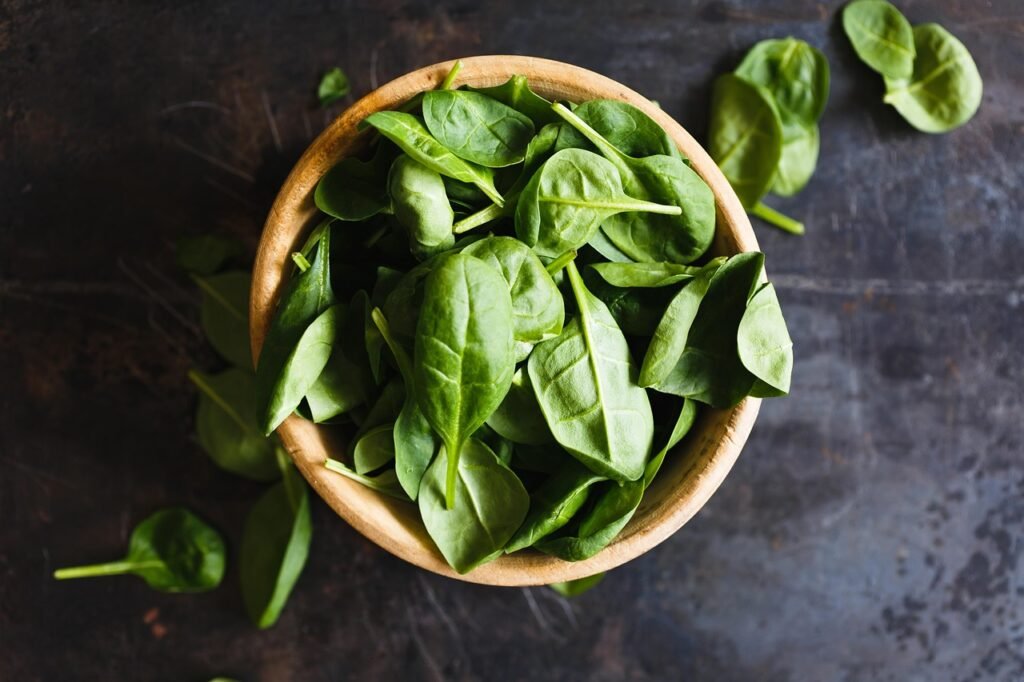
4. Mustard Leaves
Mustard leaves are widely enjoyed during the winter season. They contain 27 kcal, 2.7g protein, 4.7g carbohydrates, and 1.1g fiber per 100 grams. They also offer 102mg calcium and 70mg vitamin C. These leaves help strengthen immunity, reduce the risk of seasonal infections, and provide antioxidant protection.
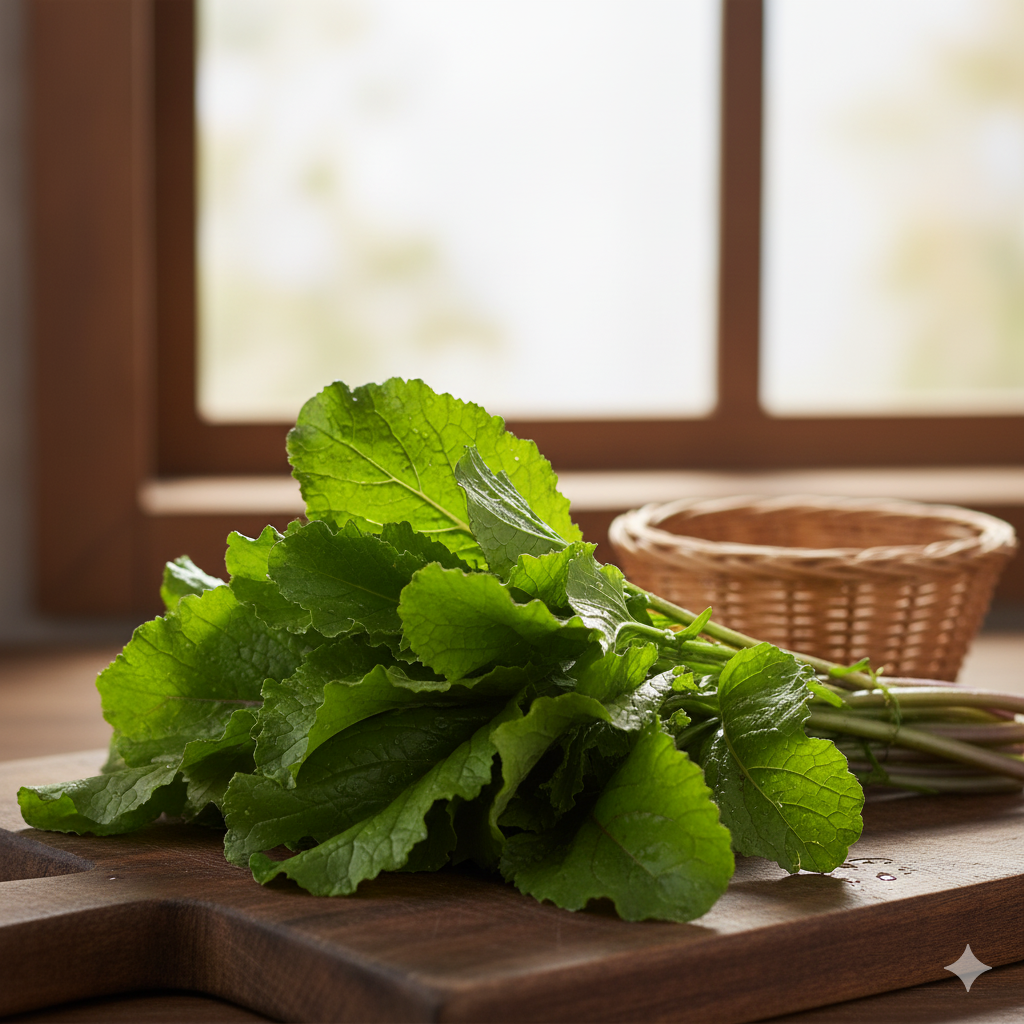
5. Amaranth Greens
Amaranth greens are packed with nutrition and are helpful in maintaining winter health. A 100g portion includes 23 kcal, 3g protein, 4g carbohydrates, 2g fiber, 215mg calcium, and 43mg vitamin C. With their strong calcium levels and good vitamin C content, these greens help maintain strong bones and improve resistance against infections.
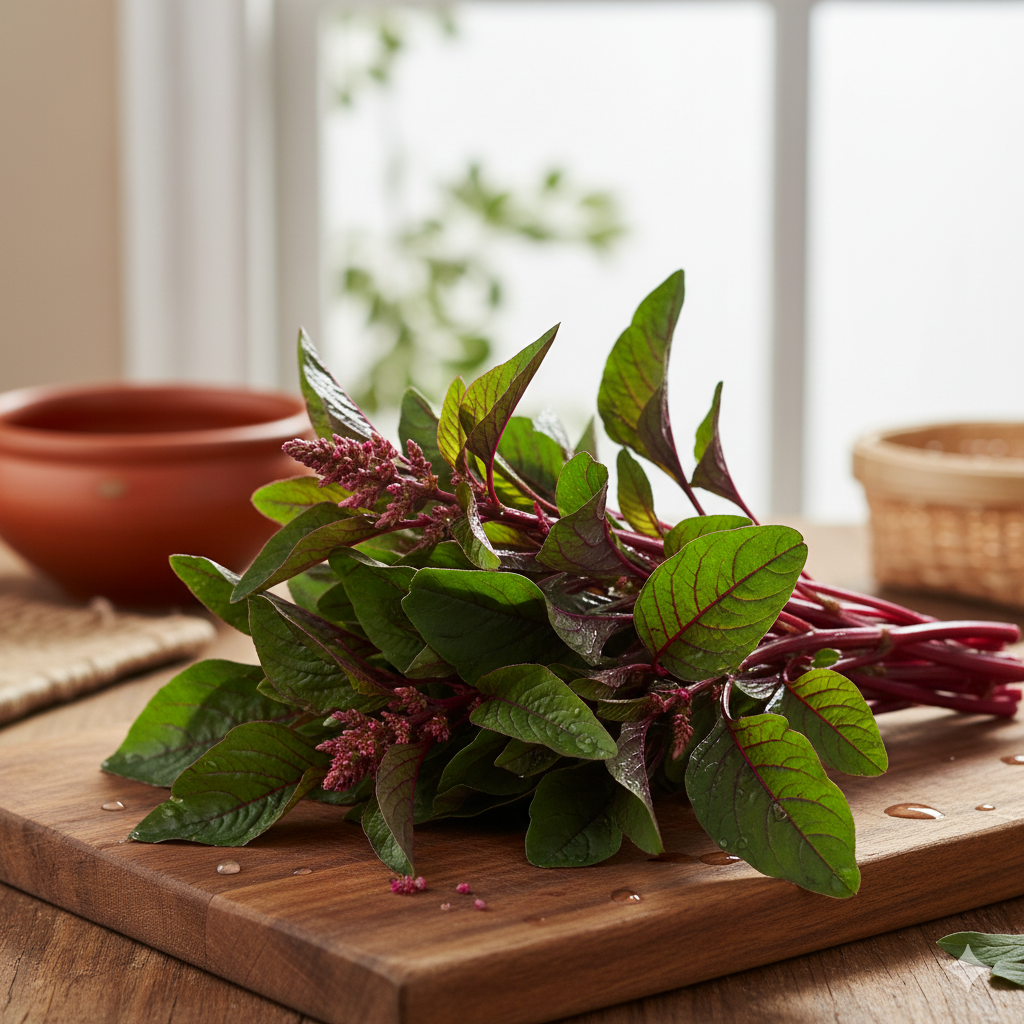
6. Kale
Kale is one of the most nutrient – rich greens available in winter. A 100g serving provides 49 kcal, 4.3g protein, 8.8g carbohydrates, and 0.9g fat. It is an excellent source of vitamins K, C, and A, along with folate and other B vitamins. Kale helps reduce oxidative stress, lowers inflammation, supports heart health, and helps control cholesterol and blood pressure.
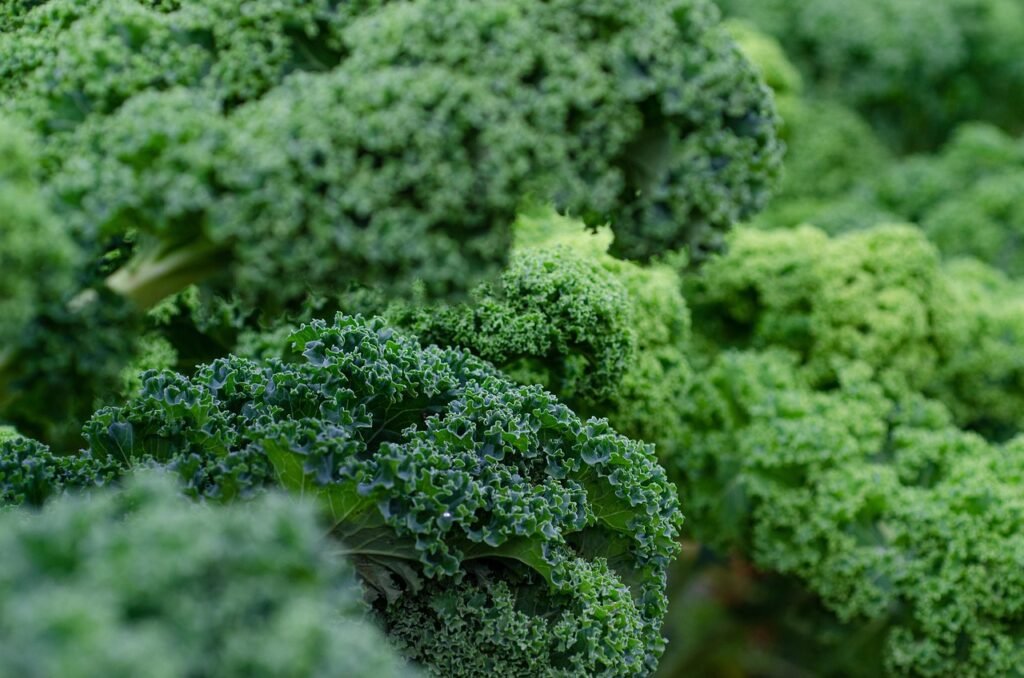
7. Collard Greens
Collard greens are highly nutritious and low in calories. Per 100 grams, they offer 33 kcal, 2.7g protein, 5.6g carbohydrates, and just 0.7g fat. They support bone health, heart function, eye health, digestion, and may help reduce the risk of certain cancers. Their fiber content also supports good gut health.
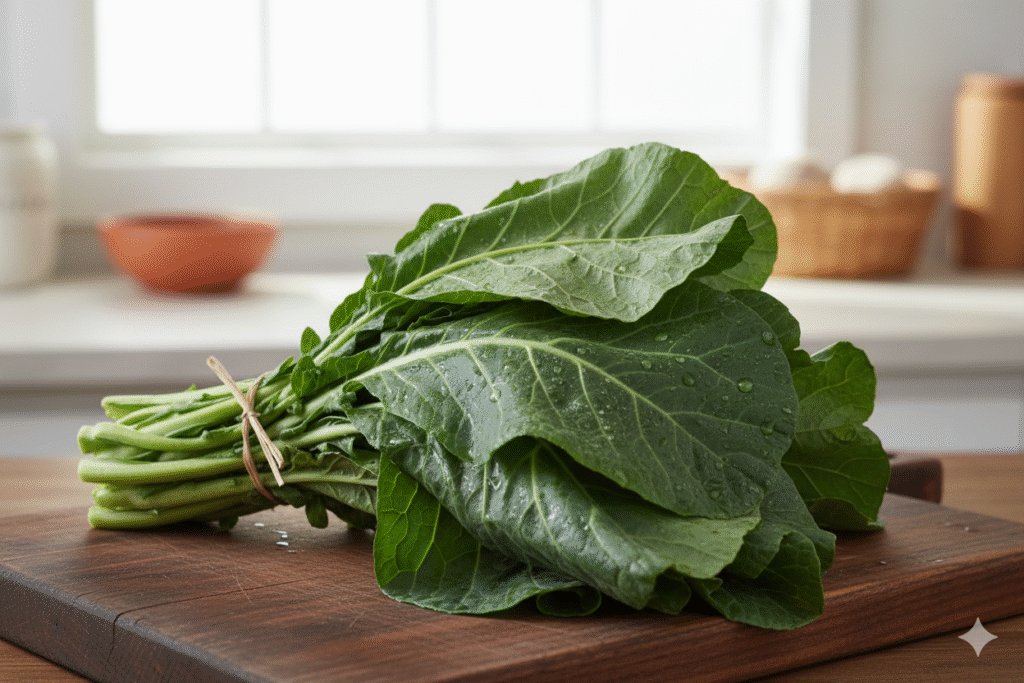
Including these leafy greens in your winter meals can improve your energy, immunity, bone strength, and overall wellness. Add them to soups, salads, stir – fries, or warm meals to enjoy both taste and health benefits this season.

